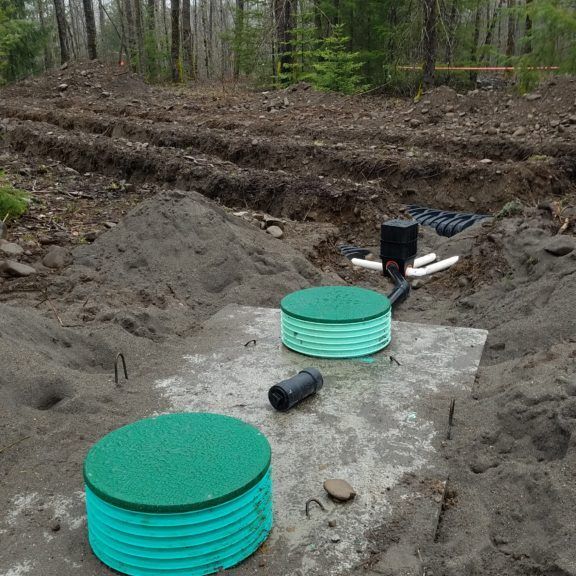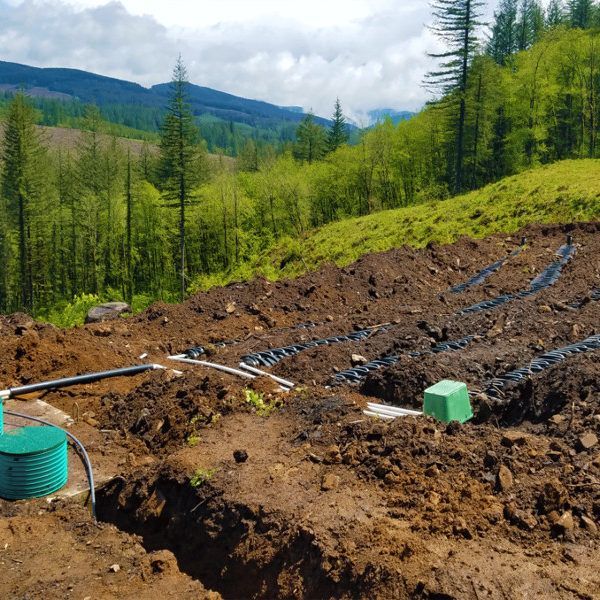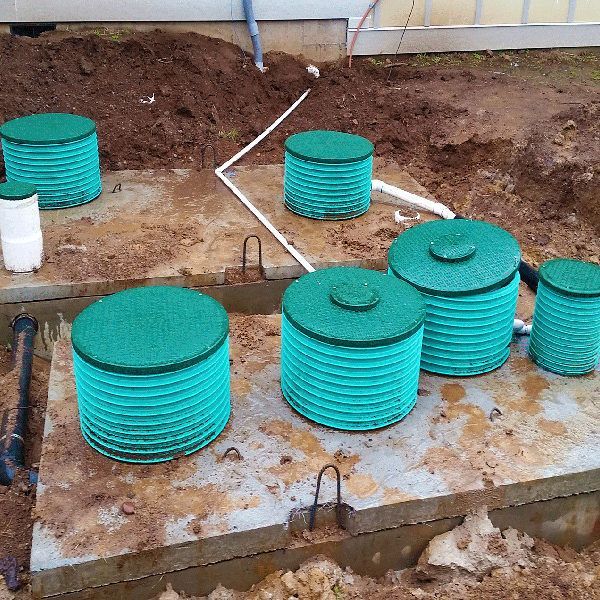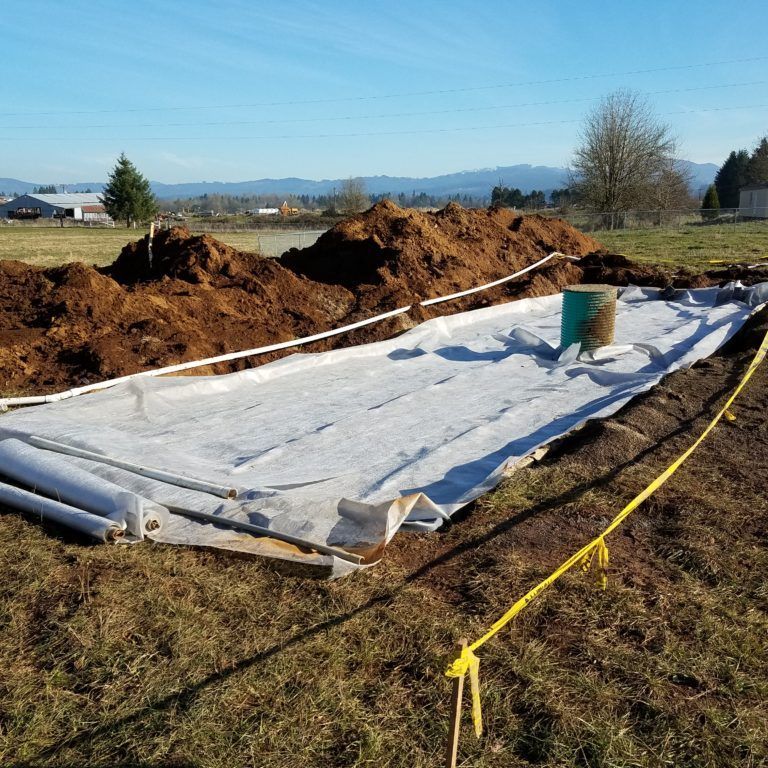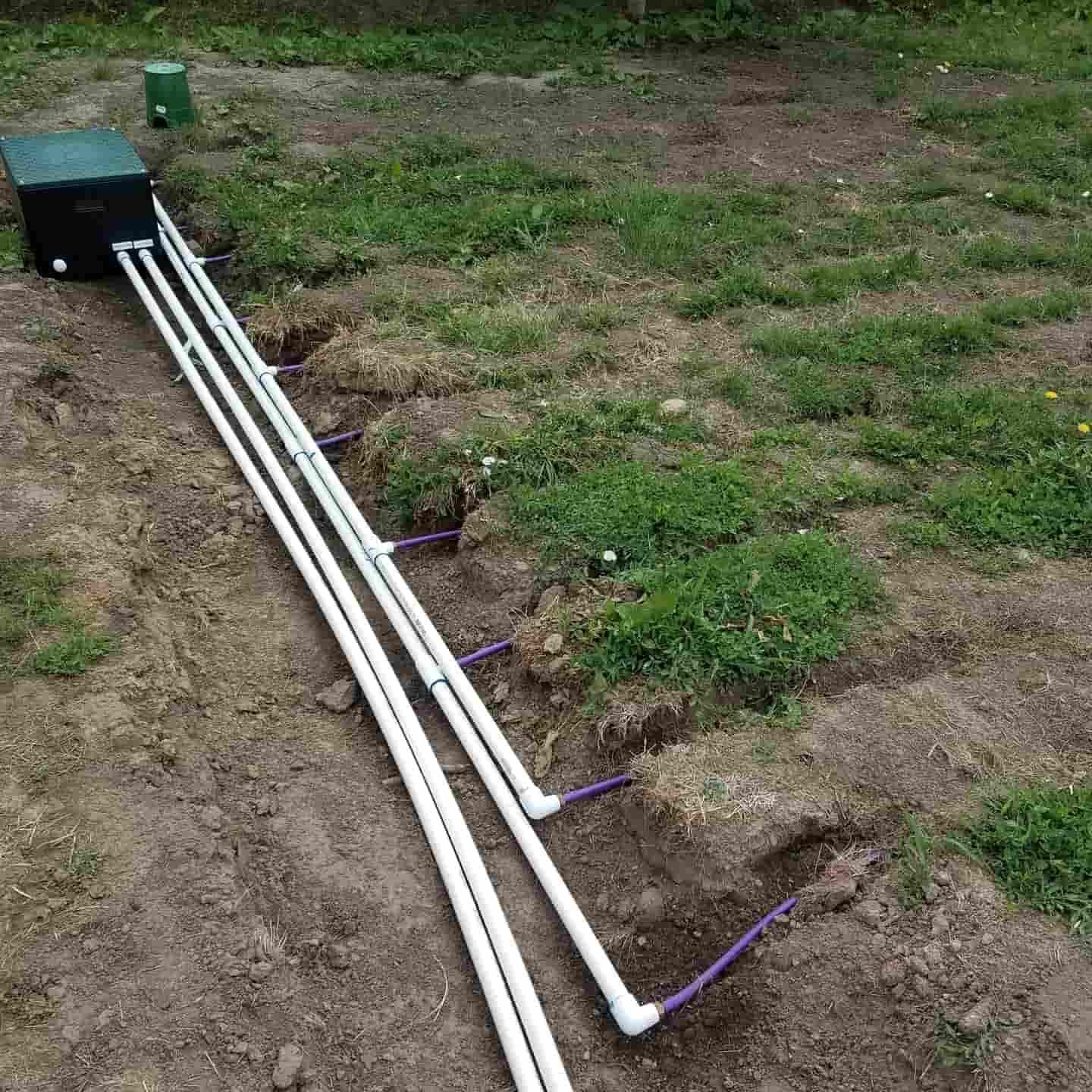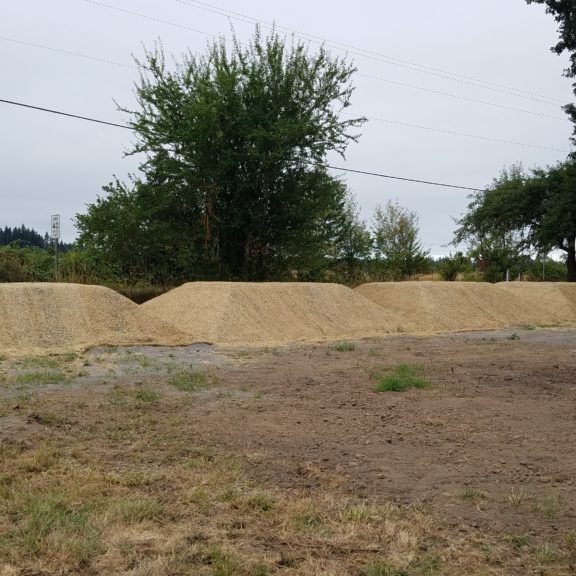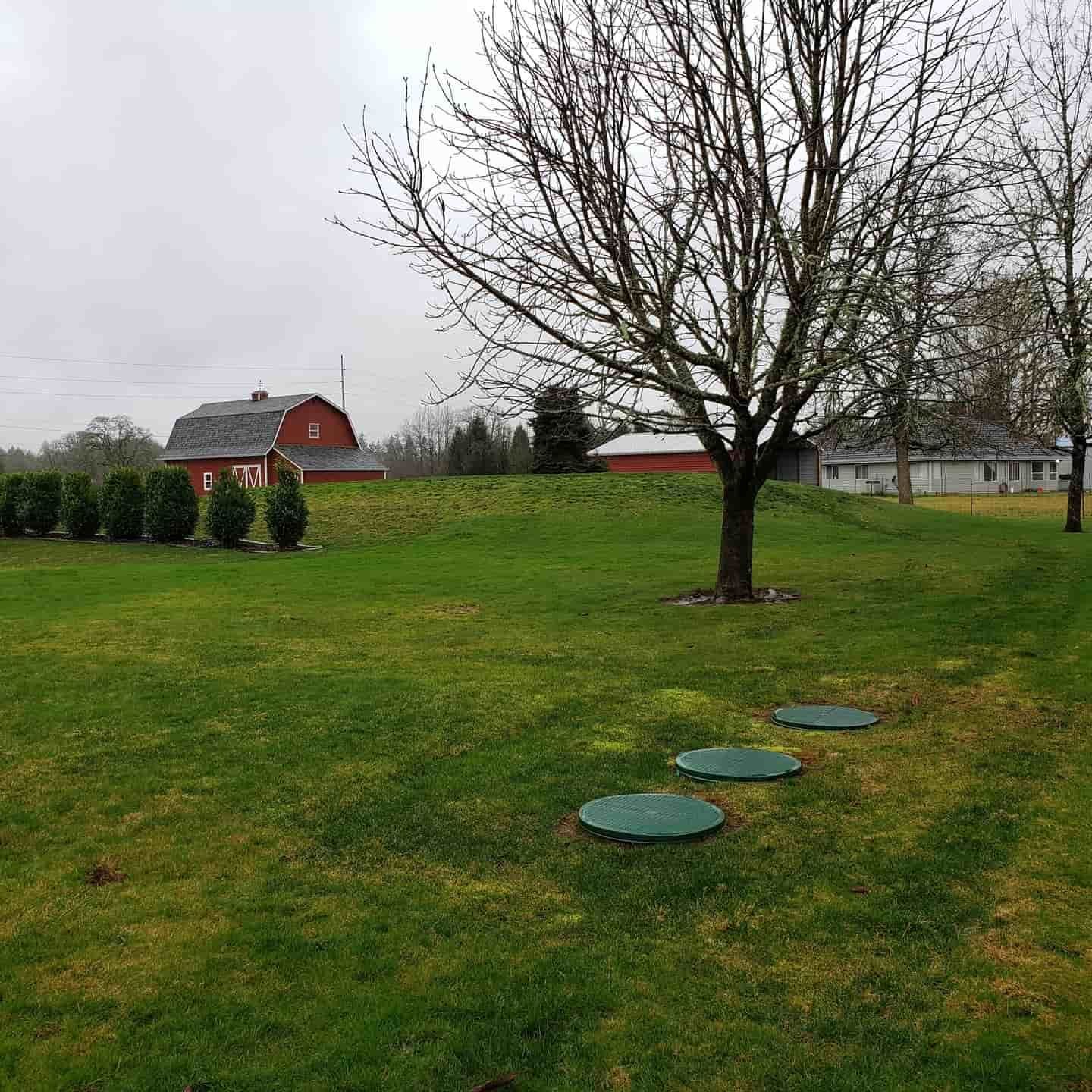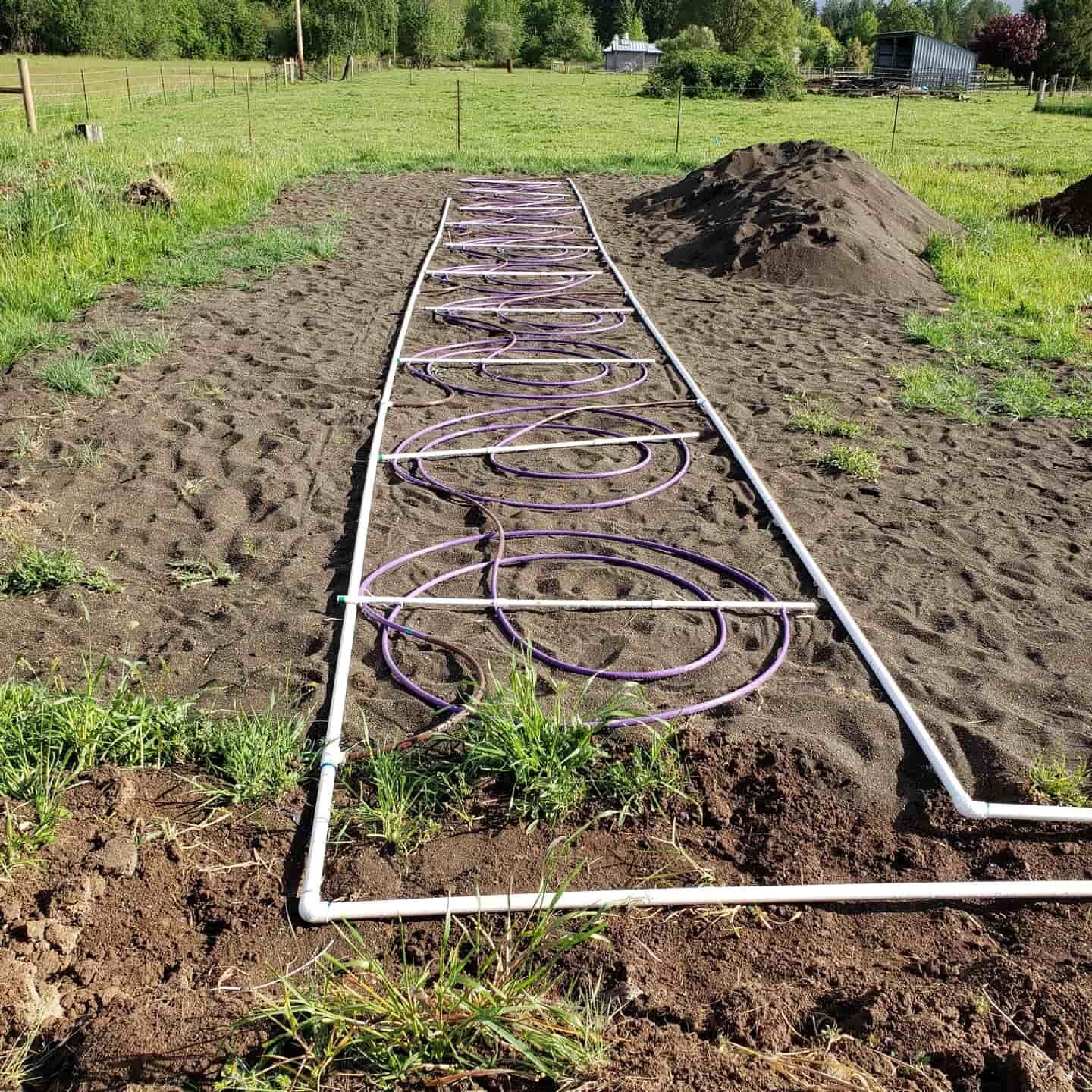McNair Septic Design & Consulting
Types of Septic Systems
Gravity
A conventional gravity system is the simplest septic system available. This system consists of a septic tank and a drainfield. The septic tank receives gravity flow from the home. A bio-microbial process treats the waste while in the tank. Solid waste settles in the tank while liquid effluent flows through an outlet. Gravity flow carries that effluent to a drainfield where it is dispersed among lateral lines into the soil.
Pressure Distribution
A pressure distribution system is similar to a gravity system, but it uses a pump to pressurize the drainfield to equally disperse the effluent throughout the drainfield. The system usually includes a septic tank where the primary bio-microbial process happens, a pump tank, and a drainfield that can either be uphill or downhill of the tanks.
Aerobic
An aerobic system is similar to a pressure distribution system, but it uses an aeration pump to introduce oxygen into one of the chambers to speed up the bio-microbial process. It consists of a trash/dose tank, an aerobic treatment tank and a drainfield. Waste enters the trash/dose tank from the home by gravity flow. It settles and begins the bio-microbial treatment process. Then the waste moves into the aerobic tank where solids continue to separate and settle. An aeration pump continually pumps air into the effluent, speeding up the treatment process before it enters another compartment in the trash/dose tank to be pumped to a pressurized drainfield.
Sand Filter
A sand filter treatment system is similar to a pressure distribution system, but it incorporates a large sand filter between the pump chamber and the drainfield. Waste enters the septic tank from the home. Effluent then flows to the pump chamber where it is pumped to a sand filter. The effluent is dispersed equally throughout the sand filter. At the bottom of the sand filter, effluent is pumped to the pressurized drainfield.

